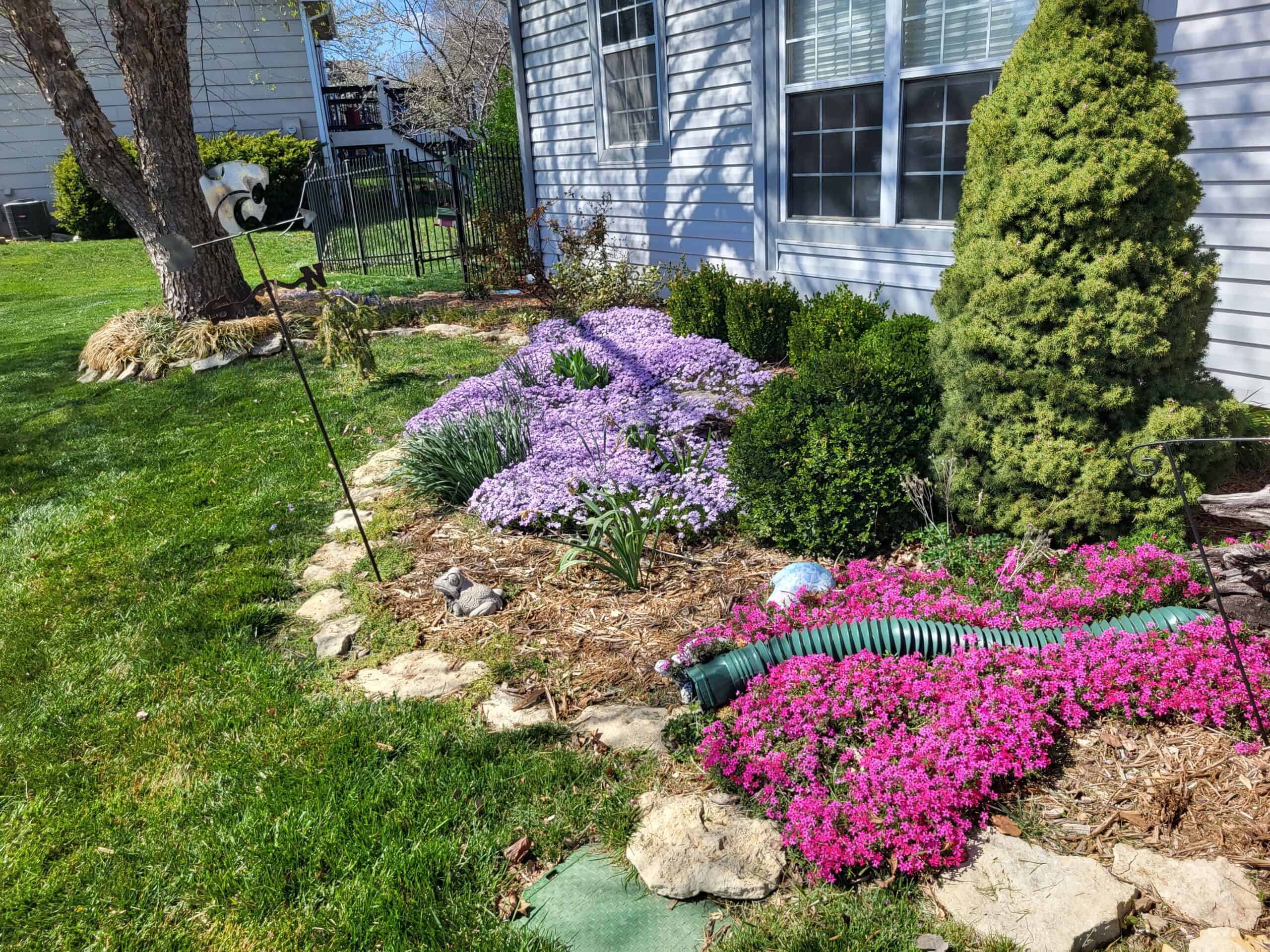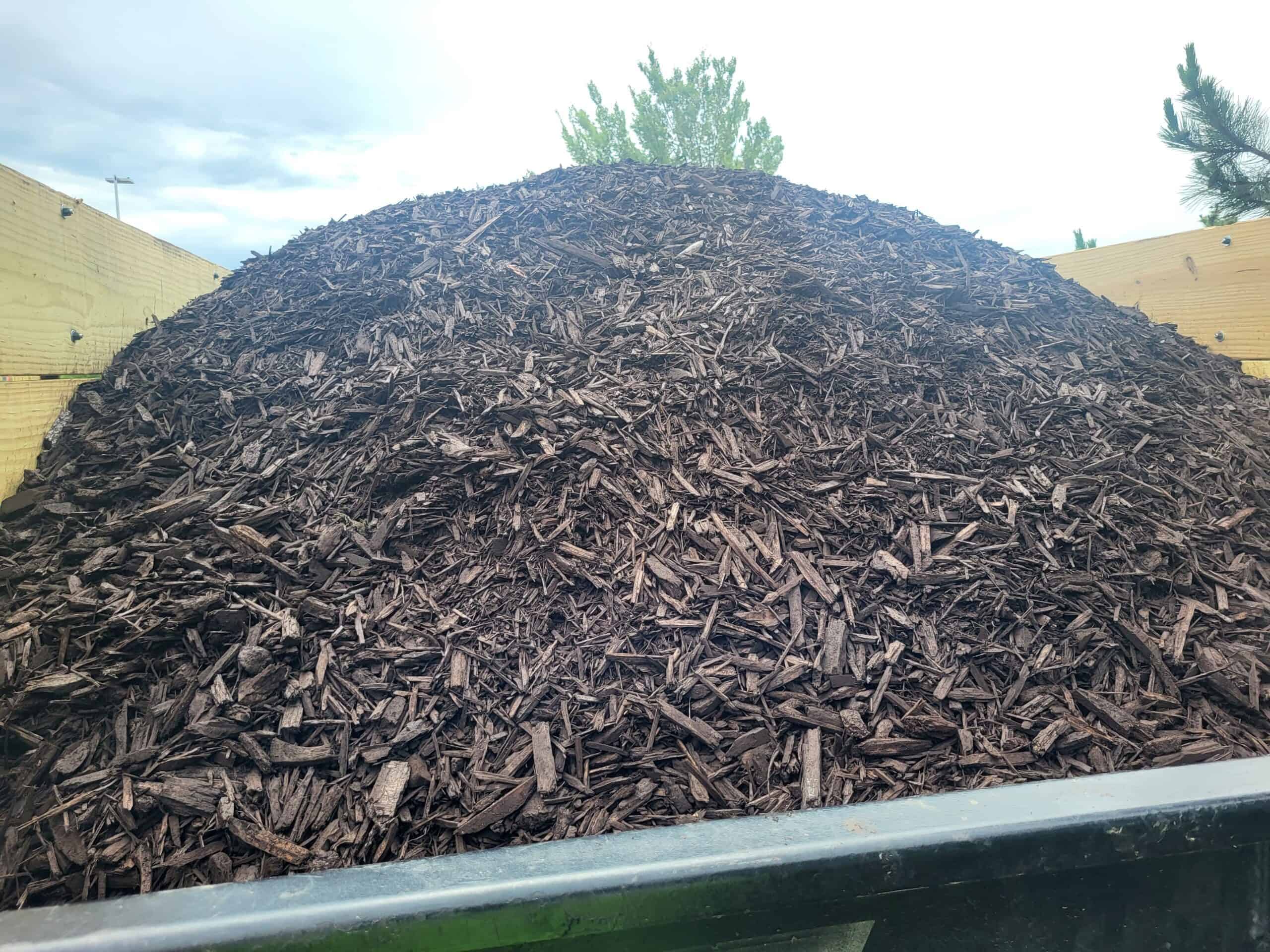Lawn Maintenance Hacks: How to Prepare Mulch Beds for Winter
You want your lawn to stay beautiful year-round. But winter is coming, which means you've got work to do. It's time to clean up debris, put away yard ornaments, store outdoor seating, and prepare your mulch beds for colder weather. What steps should you take, and how much time do you need for winterization? This blog will help explain how to prepare mulching and flower beds for snow and ice. Ensure a well-protected property ready to bloom in spring with these pro tips.
Mulch and Lawn Maintenance Checklist for Winter
Arrange for professional mulch maintenance before planning winter snow removal or spring cleanup. This step helps prepare your property against adverse weather conditions and temperature variations. Guard soil, preserve bulbs, and enjoy bountiful gardens with properly maintained mulching. Determine the average weather in southeastern Kansas, then develop lawn care plans to accommodate expectations. Here are five steps to start:
Step One: Clean and Assess
Remove debris from mulch beds and gardens to see the final condition. Rake fallen leaves, dispose of broken branches, and eliminate dead plant waste. Note any issues from summer, such as torn fabrics, damaged liners, and thin layers.Step Two: Control Weeds
Weed control is essential to your lawn's appearance and mulch bed longevity. Controlling weeds before winter also helps prevent unwanted plants from taking root, allowing healthy vegetation to sustain cold temperatures and high winds.Step Three: Cut and Prune
Trimming shrubs and bushes is crucial to lawn care and mulch maintenance. Homeowners should cut back overgrown plants to tidy gardens before snow falls. This step helps vegetation conserve water and energy during the dormant season.Step Four: Protect Delicate Plants
Cover pruned plants with garden fabrics, frost blankets, burlap, and other durable materials to shield leaves and roots from harsh weather. Ask an arborist or landscaper for more information about prepping specific plant species.Step Five: Flatten Mulch Volcanoes
Form an even surface for snowfall, ice, and precipitation. Then ensure mulch layers are around four inches thick to create warm pockets for root incubation. Consider laying a fresh layer right before winter arrives.What to Do with Mulch in the Winter
Once winter arrives, you can do little besides wait for spring to follow. However, professional landscapers will tell you to monitor mulch beds throughout the frigid season. Occasionally check soil moisture levels and water if needed after snow removal. If the snow melts, you can mix and aerate mulch beds despite low temperatures. Check for debris and unwanted items to keep mulching fresh until the following season. Then hire professional lawn maintenance specialists for yard cleanup services in the spring. Watch for the following issues in the meantime:
- Mold
- Fungus
- Mildew
- Rodent activity
- Pest burrows
- Mulch thinning
- Deep snow
- Flooding
- Weed growth
- Bare spots
- Piles
- Frost heaving Discuss your concerns with a lawn care team experienced in mulch conservation.
How to Reduce Frost Heaving
Frost heaving can cause significant problems for homeowners in Kansas. Let's learn more about it so we can prevent it this winter.What is Frost Heaving?
Homeowners should expect soil heaving from frost in the winter. It is what happens when soil lifts upward because of temperature fluctuations. Frozen water expands and contracts throughout the season, causing your plants and mulch to move. If the process repeats too often, your garden could look disheveled by spring.Fixing Frosty Mulch
Fix frost heaving and prevent damage to young plants. Shield shallow-rooted vegetation and foliage with fine fibrous systems. Here's how:- Install a 2-4 inch mulch layer around plants to create a jacket
- Moisturize mulch before winter to help stabilize temperatures
- Prune plants to prevent excessive movement and debris accumulation
Tips for Choosing the Best Winter Mulch
 Picking mulch types for winter can be challenging because of multiple factors. Understand that appearance is everything during cold weather. Consider mulch materials, insulating properties, and moisture retention. Then discuss local availability, plant compatibility, and decomposition rates for the best results.
Determine wind resistance, disease immunity, and maintenance costs next. Ask experts about ease of re-application if your mulch beds need touching up throughout the season. And finally, consider the environmental impact of your choice. Did you build a sustainable mulch bed?
Landscaping sustainability is essential for homeowners wanting to do other things besides yard work. Leave the dirty jobs up to professionals with upgraded equipment and large crews. Maintaining a work-life balance involves experts who can carry massive loads and work quickly on your behalf.
Picking mulch types for winter can be challenging because of multiple factors. Understand that appearance is everything during cold weather. Consider mulch materials, insulating properties, and moisture retention. Then discuss local availability, plant compatibility, and decomposition rates for the best results.
Determine wind resistance, disease immunity, and maintenance costs next. Ask experts about ease of re-application if your mulch beds need touching up throughout the season. And finally, consider the environmental impact of your choice. Did you build a sustainable mulch bed?
Landscaping sustainability is essential for homeowners wanting to do other things besides yard work. Leave the dirty jobs up to professionals with upgraded equipment and large crews. Maintaining a work-life balance involves experts who can carry massive loads and work quickly on your behalf.
 (316) 435-3509
(316) 435-3509 office@divine-lawns.com
office@divine-lawns.com